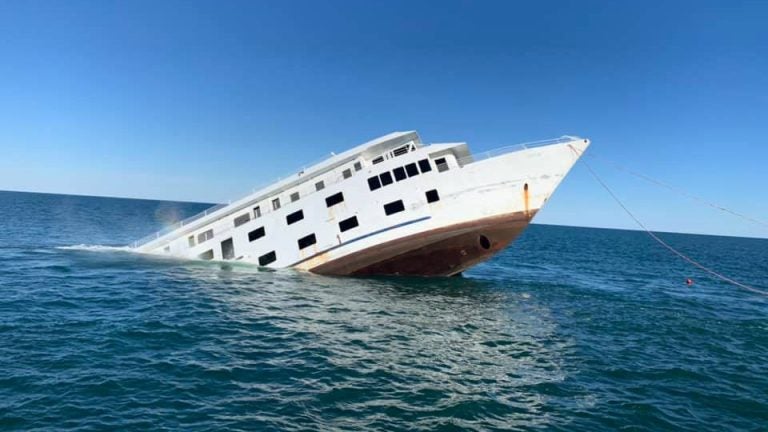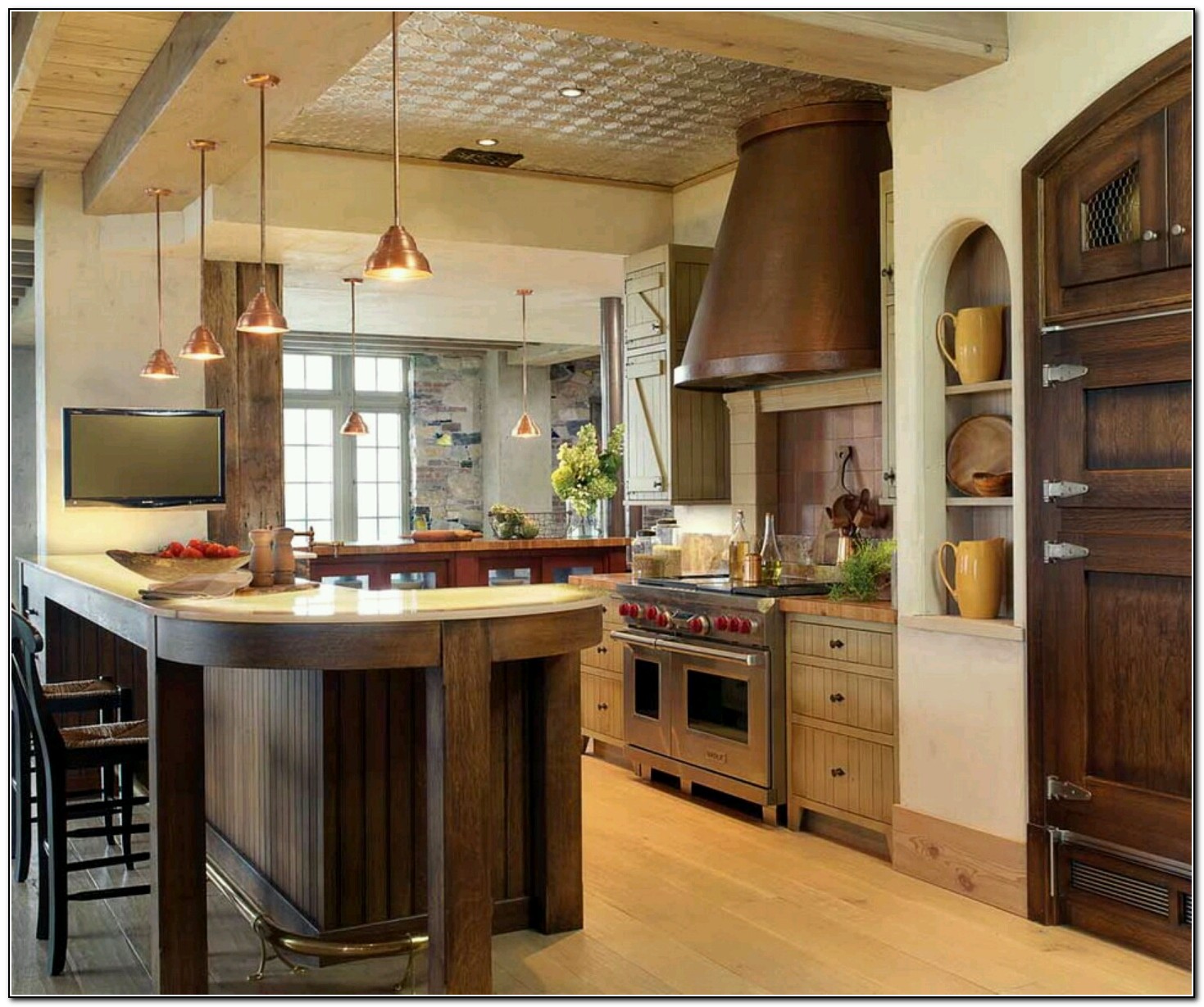Table Of Content

With a variety of luxury brands on board, including Rolex, Cartier, Panerai, and Piaget, there is something to cater to every luxury shopper’s taste and preference. These architectural reflections truly elevate the luxury retail experience at sea, providing guests with an unforgettable journey of indulgence and elegance. These coatings, known as low friction paints or hull coatings, create a smooth surface that reduces drag and resistance against water flow. By reducing drag, these coatings improve fuel efficiency and decrease greenhouse gas emissions. Cleaning equipment such as high-pressure water jets and specialized brushes are utilized to remove accumulated marine growth like barnacles and algae from the hull surface. This is essential as these organisms can increase drag, reducing speed, fuel efficiency, and overall performance.
The Anti-fouling Coating and Protection Systems
The ship’s outer surface is protected with corrosion-resistant coatings and paints. This acts as a water-tight barrier between the hull’s metal surface and the surrounding water. Now that you have an understanding of the inner makeup of the hull, we can take a look at the exterior layers and structure. While it may look seamless from the outside of the ship, the hull of a cruise ship is made up of several segments that all serve a unique function.

Are there any public areas on the lower decks?
One such innovation is the use of special coatings on the bottom of cruise ships, which help reduce fuel consumption and minimize emissions. With ballast tanks ensuring balance and stabilizers minimizing motion, passengers can enjoy a smoother sailing experience aboard a cruise ship. Now, let’s delve into the fascinating world of underwater lights and communication systems without skipping a beat. Ventilation systems are installed on cruise ships to ensure a constant supply of fresh air throughout the lower decks, including crew quarters and other areas.
Hull
Marella Cruises vs. P&O Cruises - Cruise Critic
Marella Cruises vs. P&O Cruises.
Posted: Thu, 18 Jan 2024 08:00:00 GMT [source]
The underwater part of the hull is also covered in a coating that helps reduce friction and improve fuel efficiency. Another anti-fouling system type is using ultrasonic waves to prevent marine growth. Ultrasonic waves can be generated by devices installed on the ship’s hull, disrupting the growth and attachment of marine organisms. The sea chest is typically equipped with screens or filters to prevent marine life, debris, or other contaminants from entering the ship’s piping system. These screens and filters must be regularly cleaned and maintained to ensure proper water flow and prevent clogging or damage to the system. Solid ballast, such as lead or iron weights, may also be used on ships, particularly smaller vessels.
What Are the Native Grape Varieties Used in the Production of Txakoli?
Imagine how much more efficiently you can sail through the ocean and reduce your environmental impact when the ship’s bottom is clean and smooth. Fuel efficiency improvements and sustainability measures are crucial in ensuring a greener future for cruise ships. By optimizing the design and maintenance of a ship’s bottom, significant reductions in fuel consumption can be achieved. The hull form, coatings, and propulsion systems play a vital role in enhancing fuel efficiency.
The bottom of a cruise ship is divided into several different sections, each of which has its own specific function. This is the lowest deck on a ship and is typically situated below the water line. It’s possible that the term orlop has come from the practice of over-looping cables. If you have any further questions or insights into the bottom of a cruise ship please feel free to share in the comments. At 5.07 you can see the Bulbous bow, and then when at the front of the bulbous bow (6.35), looking down the bottom of the ship, you can see how it widens out further back. As well as seeing three bow thrusters on either side of the front of the hull.
Ballast Tanks

Even though you may not see much of the hull as a passenger, it plays a massive role in allowing you to enjoy any cruise vacation. Underneath these two parts lies a complex network of machinery including engines, generators, pumps, fuel tanks, and other components that are necessary for proper functioning. All these parts must be able to withstand extreme pressure and heat from being submerged for extended periods of time. We ensure authenticity and quality through a meticulous verification process and stringent quality control measures. Our luxury retail partners adhere to the highest standards, guaranteeing that every purchase is an exquisite and genuine piece of craftsmanship. In Basque cuisine, the influence of Txakoli can be seen in the way it pairs with local pintxos, the traditional Basque tapas.
As mentioned earlier, the bilge is the lowest point of the ship where water, from sources like condensation or minor leaks, collects. Bilge pumps are stationed here to expel this water and ensure the ship remains dry. With advancements in technology, some cruise lines employ automated underwater robots or remotely operated vehicles (ROVs) equipped with brushes and cameras. The distinctive red color often seen painted on the bottom of ships, both historic and contemporary, is more than just an aesthetic choice. They are designed with a subtle curvature and specific features that cater to the complex demands of maritime engineering, ensuring efficient, safe, and comfortable voyages for all on board.
The native grape varieties used in the production of txakoli are hondarrabi zuri for white and hondarribi beltza for red. These grapes have survived the phylloxera plague and are now being used to create modern techniques in txakoli production. I can’t help but be amazed at the global recognition and impact of Txakoli beyond the borders of Basque Country. This iconic Basque wine has captured the hearts of wine enthusiasts around the world, thanks to its unique characteristics and rich history. The influential culinary traditions of Basque cuisine, combined with the unique flavor profiles of Txakoli, create a culinary delight that is truly unforgettable.
Is Deck 1 on a Cruise Ship Bad - Pros and Cons - Cruise Hive
Is Deck 1 on a Cruise Ship Bad - Pros and Cons.
Posted: Fri, 12 May 2023 07:00:00 GMT [source]
Additionally, wine cruises along the Bay of Biscay often feature Txakoli tastings, allowing you to savor this iconic Basque wine while enjoying the stunning coastal scenery. The proximity to the Bay of Biscay and the specific microclimates of Getariako and Bizkaiko Txakolina impart distinct characteristics to the wine. Txakoli de Álava, on the other hand, does not have the same coastal influence, resulting in a different flavor profile. This unique wine has been produced in the region for centuries, with records dating back to the 16th century.
For instance, hydrodynamically optimized hull forms minimize drag, while advanced antifouling coatings prevent marine growth that increases resistance. Additionally, innovative propulsion technologies like electric or hybrid systems further enhance sustainability by reducing emissions. The hull of a cruise ship is typically made of steel, which provides the necessary strength to withstand the forces of the sea. It is carefully crafted and carefully maintained to ensure the ship's safety and longevity.
But for those enthusiasts that get excited about the cruise ship itself, you may be curious to know about every part of it. These types of creatures can cause damage over time and they also add to the weight and drag of a ship making it less efficient. These are used to help guide the ship into position when the ship docks at a port.

No comments:
Post a Comment